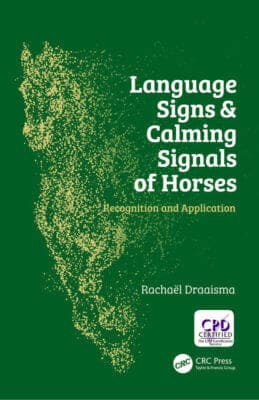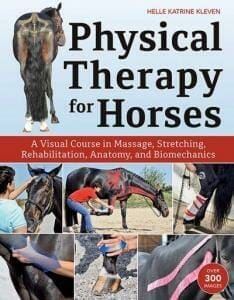Language Signs and Calming Signals of Horses: Recognition and Application

By Rachaël Draaisma
Language Signs and Calming Signals of Horses Recognition and Application PDF is a practical book that helps you interpret and connect the physical signals that horses display in response to their environment. These signals are evident in the everyday actions, gestures and attitudes that horses communicate to each other, but are often so subtle that they can go unnoticed by humans. This book aims to rectify that, offering horse lovers and equine professionals an opportunity to gain a unique insight into their ‘horse’s world’.
After reading this book you will be more astute in spotting calming signals, displacement activities, stress signals and distance-increasing signals, and better able to see which stimuli your horse can handle and which he cannot. This means you will know what to do to calm your horse before his stress rises to an unmanageable level. Language Signs and Calming Signals of Horses is both fascinating and important reading for any equine veterinary practitioner, student or nurse, as well as horse owners and trainers.
Read more: Horse Anatomy Coloring Book
| File Size | 16 MB |
| File Format | |
| Download link | Free Download | Become a Premium, Lifetime Deal |
| Support & Updates | Contact Us | Broken Link |
| Join Our Telegram Channel |  |
| More Books: | Browse All Categories |













![Ettinger’s Textbook of Veterinary Internal Medicine 9th Edition [PDF+Videos] Ettinger’s Textbook of Veterinary Internal Medicine 9th Edition [True PDF+Videos]](https://www.vet-ebooks.com/wp-content/uploads/2024/10/ettingers-textbook-of-veterinary-internal-medicine-9th-edition-100x70.jpg)

![Textbook of Veterinary Diagnostic Radiology 8th Edition [PDF+Videos+Quizzes] Thrall’s Textbook of Veterinary Diagnostic Radiology, 8th edition PDF](https://www.vet-ebooks.com/wp-content/uploads/2019/09/textbook-of-veterinary-diagnostic-radiology-8th-edition-100x70.jpg)






